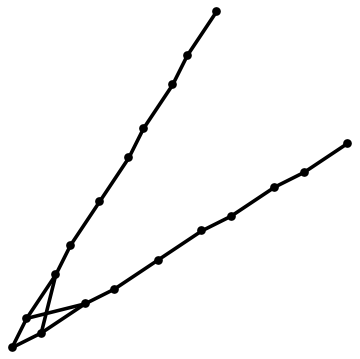Plan B
I’ve been trying to lose weight for three years. I wasn’t very successful, but I always had plan B. I just didn’t like it. I started my weight-loss journey at 245 pounds. Driven by my initial enthusiasm, I lost 25 pounds, but then I slowly gained back 20 pounds. That was it. I had to do the difficult thing: plan B.
My plan B was to log all I eat, convert it to nutrition elements, study it, and adjust my eating habits accordingly. I didn’t want to do that: it seemed so complicated. I am not good at estimating weights, nor do I know how to convert food to calories and fat. Besides, it all seemed like such a bother.
When I gained back the weight and reached 240 pounds, I didn’t feel I had much choice. At that point my friend Luba showed me how to use the phone app myfitnesspal. I loved it. The app simplified the whole challenge. I bought a small kitchen scale to help me determine food weight, but more often than not, I don’t need it. The app has a database of standard foods, as well as a barcode scanner. For example, when I take my favorite cranberry walnut roll that I buy at Trader Joe’s, I just scan the barcode and the phone tells me, “Oops. 210 calories.” This means I can only eat one a day — not all six as I might have done.
I started using this app on November 16, 2015. It seems to be working. And I made a lot of interesting discoveries.
- Those walnuts that I eat like popcorn while watching movies have a ton of calories. They might be healthy natural food, but if I munch them throughout a movie, then I can’t eat anything else that day.
- When I know that I can only allow myself one square of chocolate, it tastes better than pigging out on the whole bar.
- I made a rule of logging my food before I eat it. This killed my habit of snacking. Finally, my laziness works for me.
I am losing weight, but to avoid jinxing it until I achieve a certain target, I don’t want to reveal actual numbers.
To be continued…
Share:
